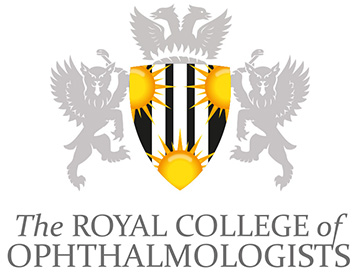President’s foreword for RNIB Report ‘Real Patients Coming to Real Harm’ Wales
12 November 2014
A substantial part of the workload of ophthalmology services is the care of long term conditions such as glaucoma, diabetic retinopathy and age-related macular degeneration. These conditions all become increasingly common with advancing age and all require timely recognition and treatment in order to avoid preventable sight loss. Unfortunately, clinical services for these long-term conditions seem to be particularly vulnerable and pressurised resulting in increased and repeated postponement of follow up appointments.
Many hospitals have been artificially forced to have fixed new to review ratios such as 1:3 and are not paid beyond that. These arbitrary ratios are clearly incorrect for patients with chronic eye conditions who need regular life-long follow-up.
It is the view of The Royal College of Ophthalmologists that those responsible for commissioning and providing eye health services need to work together effectively to protect the eye health of the populations they serve. This is not to suggest that these problems are easy to solve, far from it. But we suggest that the first step towards solutions needs to be systematic ascertainment of eye health needs across Health Boards or Clinical Commissioning Groups, followed by systematic capacity planning. In addition, we would go so far as to recommend that follow-up patients are protected with a waiting time “target” just as new patients are and therefore provides them with equal priority.
For some aspects of ophthalmology, such as primary and emergency care, health need is inherently difficult to predict and the capacity of services is usually based on historical demand. However, this is not the case for the long term eye conditions, where incidence and prevalence are relatively stable and can be extrapolated to local populations from national statistics with a fair degree of accuracy.
To take glaucoma as a particular example, it is possible to predict with reasonable accuracy how many new appointments, follow up examinations, visual field tests and prescriptions for medication are likely to be required per annum at a Health Board level to ensure that all patients are seen by the right eye health care professional in the right location and at the clinically appropriate frequency. This process of capacity planning can then inform discussions about workforce planning and skill-mix.
Whilst not based on a robust study the findings in the report highlight the pressing need for joint work to protect the eye health of the population and prevent avoidable sight loss.
Professor Caroline MacEwen, President
The Royal College of Ophthalmologists
RNIB Report ‘Real patients coming to real harm’
